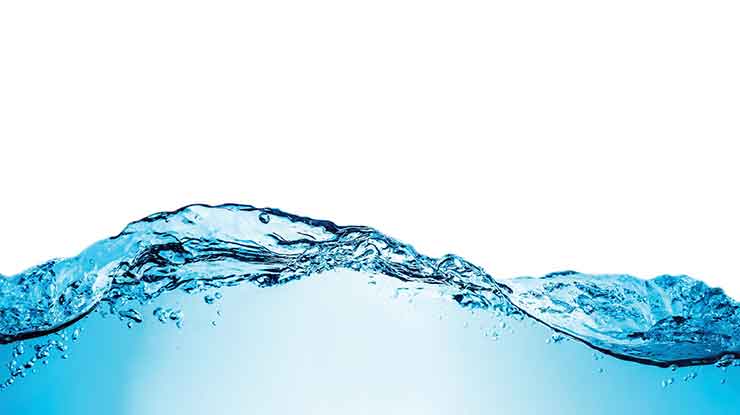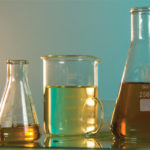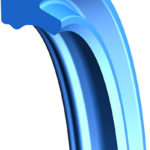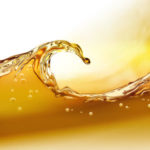By Josh Cosford, Contributing Editor
Most of you are familiar with the use of oil as the fluid medium for hydraulic systems, which is inherently excellent at its job. It lubricates well, provides good heat capacity and is stable over various pressure and temperature ranges. As good as oil is, it’s not the only power transmission liquid in use today.

As counterintuitive as it may seem, water can make a great hydraulic fluid, in spite of your association between water and corrosion of the mostly metal components used in hydraulics. True water hydraulic systems use only filtered water as its medium, so the construction materials used must resist corrosion, making expensive stainless steel the material of choice.
Pumping systems differ from oil hydraulics because of the lack of lubricity. Rather than swashplate pistons designs or cam ring based vane pumps, most water hydraulic machines use a reciprocating piston pump. The triplex pump, for example, uses three reciprocating pistons with a separate crankcase and cylinder head. The crankcase is filled with oil to lubricate its crankshaft, bearings and connecting rods. However, the head contains no oil at all.
The head of a reciprocating pump has inlet and outlet check valves, which are contamination resistant poppet valves requiring no lubrication. As one of the pump’s pistons draw back, the inlet valve opens and water is drawn in. As the piston extends, the suction valve closes while the outlet valve opens and the pump provides pressure.
Control of water hydraulics requires stainless steel pressure and directional valves as well. Most effective are poppet valves, which are contamination resistant and require no lubrication. Soft or hard sealing technology is employed; soft being something like polyurethane and hard being metal-to-metal. Soft seals will provide efficient operation even in the presence of contamination, while a hard poppet and seat will last longer but is more prone to contamination-related wear and leakage.
Water hydraulics has its upsides and downsides. The benefits are the free and bountiful fluid; available anywhere so long as it’s well-filtered before use — reverse osmosis would pay benefit as well. The major advantage is its environmental friendliness. A leaking cylinder would be a pain but would contaminate its surroundings no more than an overflowing gutter. Topping up the tank after a leak could be done with a garden hose, in a pinch. Finally, it goes without saying water is extremely flame resistant, so any application in extreme heat or exposed flame would not turn dangerous with a leak.
Of course, there are downsides to water hydraulics. Water is much more prone to cavitation than is oil, so care must be taken in system design and component layout. The cavitation may occur in valves and actuators, not just pumps, Also, stainless steel is exponentially more expensive than carbon steel, so all metal components are cost-prohibitive for average applications.






Thanks for providing some useful insights into water hydraulics. BUT there did not seem to be a discussion of the additives usually used.